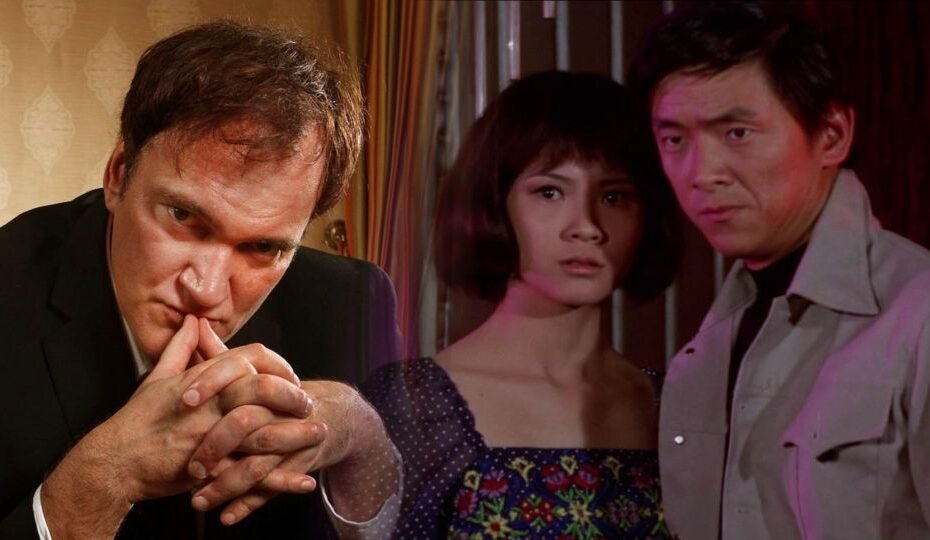In an era of information abundance, we’ve grown accustomed to believing that any publicity is good publicity. The more people write about a person, brand, or phenomenon, the better for recognition. However, reality proves more complex than this simple formula. There’s a paradoxical effect where excessive or poorly presented coverage leads to the opposite result: audiences lose interest, form negative perceptions, or simply grow tired of the information noise.
This phenomenon is particularly evident in the entertainment industry. Platforms like Zoomboola https://zoomboola.com/, which specialize in celebrity news, publish dozens of articles about popular figures daily. Paradoxically, excessive coverage can transform an interesting personality into intrusive background noise. When too much is written about someone, even their fans begin to experience fatigue from their constant presence in news feeds.
How the Effect Works
Psychologists identify several reasons why excessive publicity damages perception. The first relates to the phenomenon of habituation. The human brain is wired so that novelty sparks interest while repetition dulls attention. When information about a subject becomes too accessible and frequent, it stops being perceived as valuable.
The second reason lies in content quality. The drive to maintain a constant information flow often leads to lowered standards. Publications start posting material for the sake of posting: insignificant personal details, far-fetched interpretations, outright gossip. This creates an audience perception of information garbage and associates the topic itself with low-quality content.
The third aspect relates to the oversaturation effect. Modern people encounter an enormous volume of information daily. When one topic occupies a disproportionate amount of space in the information landscape, a natural desire to distance oneself from it emerges. This is a psychological defense mechanism against overload.
Real-World Examples
History knows many cases where excessive media attention proved harmful. Some promising actors or musicians, after a sharp rise in popularity followed by a barrage of publications, lost their audience. People simply grew tired of their constant presence in news feeds.
A similar situation occurs with political figures. When media outlets write about a politician too frequently, even their supporters may experience irritation. Every action, every word becomes grounds for dozens of articles, creating a sense of information aggression.
The corporate world also faces this effect. Companies conducting overly aggressive PR campaigns risk triggering rejection from their target audience. Consumers begin perceiving the brand as pushy, which negatively impacts sales and reputation.
Quality Over Quantity
The key mistake many PR specialists and media outlets make is believing that more always means better. In reality, communication effectiveness depends not on the number of publications but on their relevance and quality. One well-prepared, substantive article can bring more benefit than a dozen superficial pieces.
The problem is compounded by modern social media and search engine algorithms that reward publication frequency. This creates a vicious cycle: outlets publish more for visibility’s sake, sacrificing quality, which ultimately harms both the topic itself and the media’s reputation.
How to Avoid the Negative Effect
The first rule of smart information strategy is understanding your audience. You need to know how much information people are willing to consume, what formats they prefer, what genuinely interests them. This requires analytics and constant feedback monitoring.
The second important principle involves creating valuable content. Every publication should carry meaningful weight, offer new information or a unique perspective. Material posted just to maintain activity without real value only harms long-term goals.
The third aspect concerns balance. Even if a topic is genuinely important and interesting, moderation in coverage is necessary. Periods of active communication should alternate with pauses, allowing the audience to “miss” the topic.
Conclusion
The backfire effect reminds us that the information space operates according to its own laws of perception psychology. More doesn’t always mean better. Sometimes silence proves a more effective strategy than constant media presence. Understanding this paradox helps build more effective communication strategies and avoid audience information burnout. In a world overloaded with information, knowing when to stop becomes as important a skill as the ability to create content.
